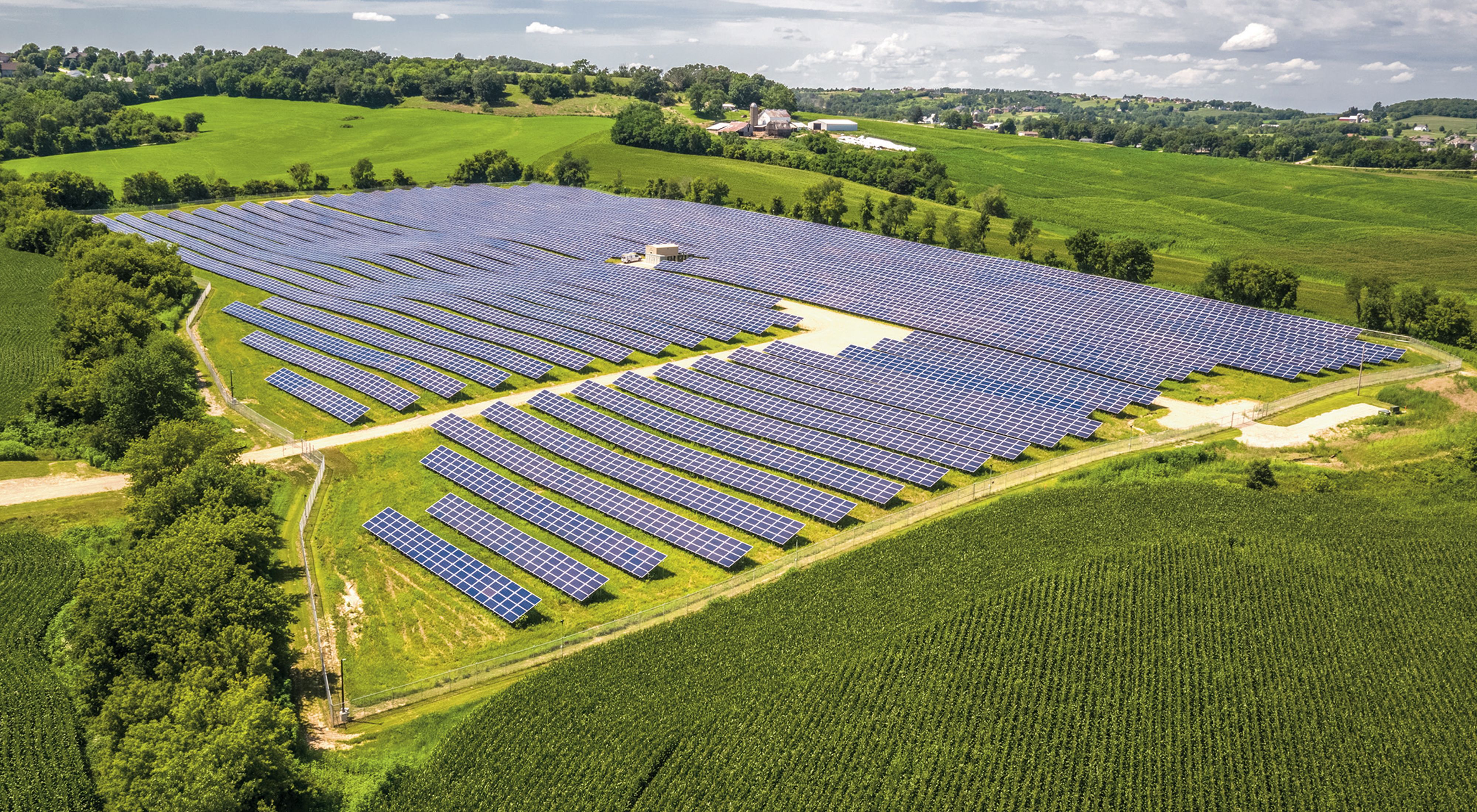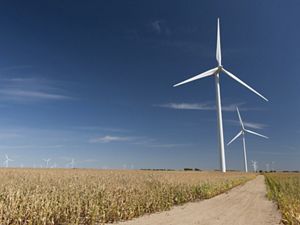When Congress passed its omnibus spending legislation at the end of 2020, much of the attention was rightfully on COVID relief and economic stimulus as America continues to do battle with the pandemic. But the omnibus legislation also included an array of bills on climate change and clean energy with bipartisan support. Taken together, they comprise the most extensive legislative action addressing the carbon emissions that cause climate change in over a decade. It is an auspicious beginning to what we hope is more ambitious climate action. The new Biden Administration has already signaled its desire to address climate change, and we hope Congress will take up the challenge.
The climate and energy legislation passed at the end of the last Congress covers a wide range of activities and economic sectors. This is only fitting since confronting the climate emergency will require reducing carbon emissions across every sector of the economy to achieve net zero economy-wide by 2050. That is in addition to the essential work to adapt to already-emerging climate impacts.
Quote: Jason Albritton
With a new President and a new Congress comes new opportunities.
But what is most extraordinary is that the bills and ideas incorporated into the final law were overwhelmingly supported from their inception by legislators on both sides of the aisle. The bipartisan climate and energy measures in the final omnibus include:
- A phasedown of hydrofluorocarbons (HFCs): This bipartisan measure, which had support from both industry and environmental organizations, provides certainty for businesses to invest in new technologies that over time will drastically reduce a highly potent greenhouse gas. It marks a strong step in the fight against climate change. (American Innovation and Manufacturing Act).
- Innovation funding: The bill authorizes over $30 billion over the next decade[1] in research, development, and deployment funding to help jumpstart technological innovations needed to decarbonize the economy. Through broad programs like the Advanced Research Projects Agency–Energy (ARPA-e) and targeted initiatives at the Department of Energy and Energy and Environmental Protection Agency, these programs will continue the improvement of renewable energy technologies, enhance energy storage and integrate it into the electric grid, modernize the electric grid to enable energy transitions, deploy advanced nuclear energy systems, enable carbon management through direct air capture and carbon capture, utilization and storage, and reduce emissions from the hardest industrial processes to decarbonize.
- Tax incentives to drive deployment: The bill extends tax credits that help drive investments in wind and solar energy, carbon capture, building efficiency, alternative fuel vehicles, and other emissions-reducing technologies.
- Energy efficiency programs: By reauthorizing the Weatherization Assistance Program, an estimated 300,000 housing units in low-income communities could receive energy efficiency retrofits and weatherization services. Other new and renewed energy efficiency programs will target schools, federal buildings, and industry.
Quote
Now is the time to build on this progress because climate change isn’t waiting. The impacts are here, right now, and worsening.
It’s a long list. And it happened in a divided Congress that has often been saddled with accusations of “gridlock.”
We’ve long heard observers say that climate action isn’t possible, because America is too divided and climate change as an issue is too divisive. Indeed, this is a complicated time, with a lot of challenges – an unchecked global pandemic, a significantly challenged economy, an impeachment and an attack on the halls of Congress itself. While this breakthrough might be surprising to some, those of us who followed this sheaf of bills as they trickled through committees over the last two years knew that significant action was possible.
This legislation represents critical progress, but it is only a first step -- not a complete solution. There’s still a lot more to do. With a new President and a new Congress comes new opportunities. There are still opponents who will fight against change. But at the very least, no one can say that Congress can’t do anything. Because they just did something substantive.
Now is the time to build on this progress because climate change isn’t waiting. The impacts are here, right now, and worsening. The best science says we need to reach net zero emissions on a global scale by 2050. And that’s going to require a consistent and comprehensive effort that will be impossible without good, solid policy to support the changes we need to make.
While climate change as a problem is tough to talk about sometimes, the fact is that climate solutions offer economic opportunity, environmental benefits and are politically popular across party lines. We’ve got a lot of work to do, and we’re looking forward to rolling up our sleeves and working with the new Biden Administration and members of the 117th Congress to do it.






